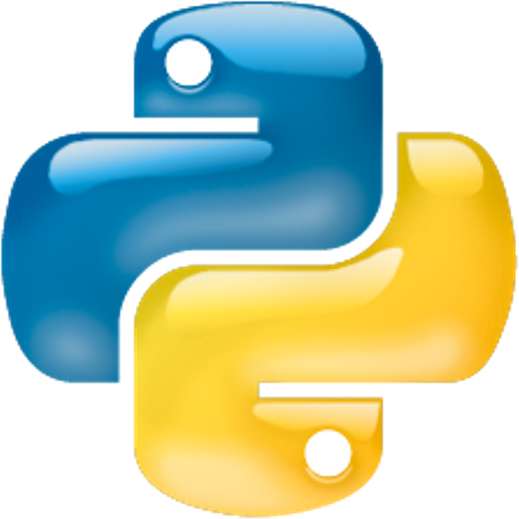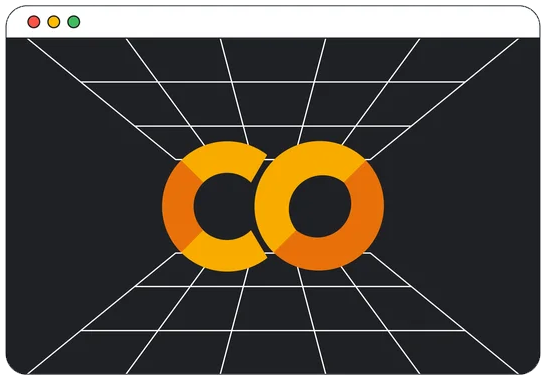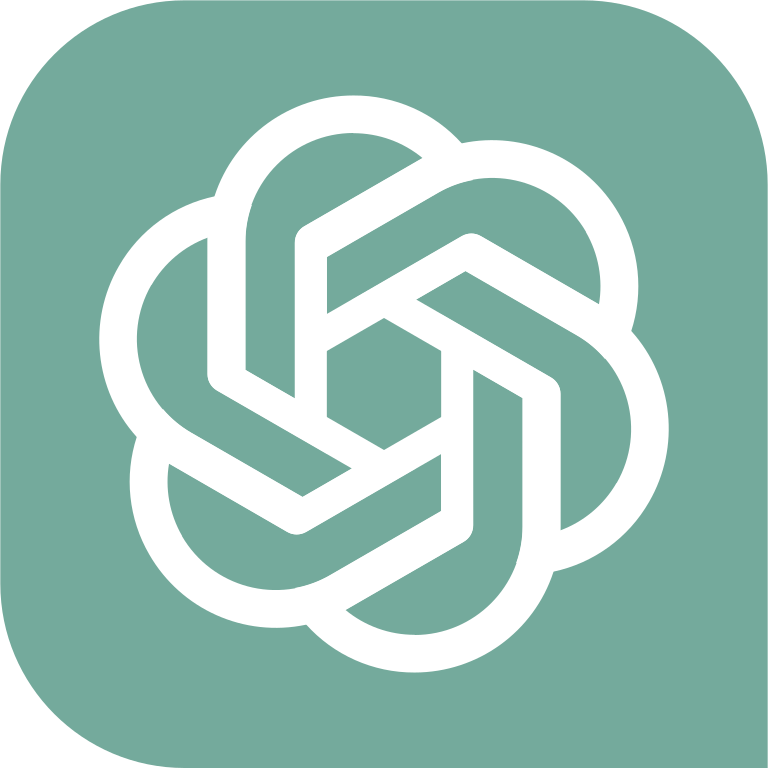Table of Contents » Chapter 5 : Disciplines : Biology
Biology
Overview
The relationship between the field of Biology and Python programming is becoming increasingly intertwined, especially with the rise of bioinformatics, computational biology, and the proliferation of data-driven research in the life sciences. Python, known for its readability, ease of learning, and wide range of scientific libraries, offers a robust set of tools for biologists. Libraries such as Biopython provide functionalities for manipulating biological data, including DNA and protein sequence operations. Others like pandas, NumPy, and SciPy are used extensively for statistical analysis of experimental data. Matplotlib and Seaborn enable creation of complex visualizations to present data, an important aspect of biological research. Python is also often used in the preprocessing, analysis, and visualization of large genomic datasets, including next-generation sequencing data. Machine learning libraries like scikit-learn and TensorFlow find application in predictive modeling and understanding patterns in complex biological systems. As such, Python programming has become an essential skill for modern biologists engaged in quantitative and computational research.
- Bioinformatics: This field heavily relies on Python for processing and analyzing biological data, especially genomic and proteomic data. It's also used in sequence alignment, gene expression analysis, and predicting protein structure and function.
- Computational Biology: Python is used for mathematical modeling of biological systems, data analysis, and visualization.
- Genomics and Proteomics: Python, often in conjunction with libraries like Biopython, is used to analyze DNA and protein sequences, perform sequence alignment, and conduct phylogenetic analysis.
- Ecology: Python's data analysis and visualization libraries are used for modeling population dynamics, species distribution, and ecosystem functioning.
- Neurobiology: Python is used in the analysis and visualization of neurological data, such as brain imaging data from MRI or fMRI scans. Libraries like Nipy provide specific functionality for neuroimaging.
- Pharmacology: Python is used to model and predict drug interactions and effects, as well as in the design of new drug molecules.
- Cell and Molecular Biology: Python is used to analyze cell imaging data, quantify gene expression, and model molecular dynamics.
- Evolutionary Biology: Python is used for phylogenetic analysis, modeling evolutionary dynamics, and population genetics.



